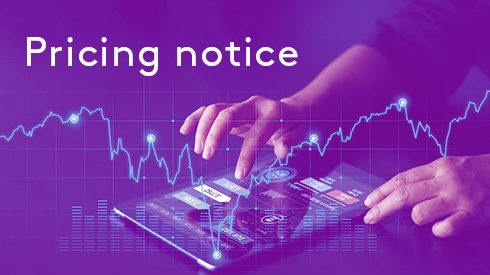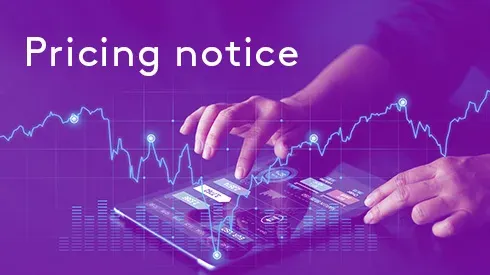The low-carbon production of aluminium has remained in the spotlight during COP26, the United Nation’s global climate change conference now under way in Glasgow, but the EU’s carbon border adjustment mechanism (CBAM) remains an afterthought for the European aluminium market.
CBAM will make EU importers pay for carbon certificates corresponding to the carbon price that would have been paid if the goods had been produced within the trade bloc. But in November 2021, four months after the EU announced it, premiums in Europe have yet to meet the bullish expectations market participants had prior to the announcement.
During a transition period from 2023 to 2025, importers will have to report the emissions embodied in goods brought into the EU but without paying any duties. Only from 2026 will definitive measures be implemented, and importers will then have to declare their carbon emissions and pay the differential to EU produced goods.
Market participants have said that one of the main reasons why CBAM has been a non-issue, at least on the spot market, was the long-term implementation of the policy.
“The physical market isn’t even looking at CBAM,” one trader in Europe said. “It did come up in strategic planning meetings, but at that point, it’s entirely an afterthought.”
London Metal Exchange price spreads, freight and market fundamentals have been the strongest drivers of premium volatility in recent months.
Fastmarkets assessed the aluminium P1020A premium, in-whs dp Rotterdam, at $295-310 per tonne on Friday November 5, down from $375-390 at the beginning of October, but still more than double the price at the corresponding time last year.
The carbon emissions thresholds for aluminium production under CBAM were another reason why market participants said that its announcement has not affected premiums just yet.
While the initial CBAM announcement was focused on greenhouse gas Scope 1 emissions, which look at direct emissions by smelters, some said that further iterations of the mechanism will need to focus on other emissions.
That will include Scope 2, which is focused on indirect emissions such as those from the powering or cooling of aluminium smelters.
“If we had to do some sort of long-term contract, we’d have to have some wording on [CBAM], but there’s not much priced into the premium today,” a second trader in Europe said. “The scope of carbon emissions is quite limited and there’s no real point in it.”
In the years running up to CBAM’s announcement, aluminium smelters had been working to reduce their Scope 1 emissions. But reducing Scope 2 emissions remained a greater challenge, with smelters needing access to less carbon-intensive power sources such as hydroelectricity.
Focusing on Scope 2 emissions would mean that certain aluminium brands, such as ones produced using hydroelectricity, would be more competitive under CBAM compared with brands that make use of more carbon-intensive sources.
Longer-term effects
But while premiums have yet to react, energy transition and environmental policy have had a stronger effect on the LME aluminium price, as well as low-carbon aluminium differentials.
The aluminium 3 months LME Daily Official price averaged $2,969.41 per tonne in October 2021, up from $1,819.84 per tonne during the corresponding month last year.
Market analysts said that the focus on decarbonization, and the need to invest in new technologies or renewable energy sources brought on by policies such as CBAM, raise the production cost of aluminium and help to drive prices higher.
Others said that CBAM came up in conversation for longer-term deals and projects, such as planning for new smelters, in line with the policy’s multi-year timeline.
While premiums in Europe have shown little effect from CBAM, low-carbon aluminium differentials compared with more carbon-intensive aluminium production continue to widen while market participants seek to add more low-carbon aluminium into their supply chain.
Fastmarkets assessed the aluminium low-carbon differential, P1020A, Europe, at $0-10 per tonne on November 5, up from $0-7 per tonne in the previous assessment on October 1.
The aluminium low-carbon differential, value-added product, Europe, was assessed at $20-30 per tonne on Friday, flat from the month before. Some offers for low-carbon product were heard as high as $50 per tonne for 2022 supply.






